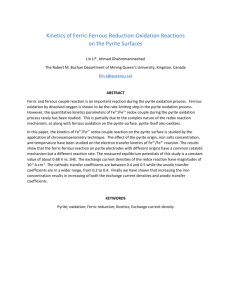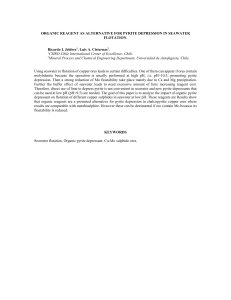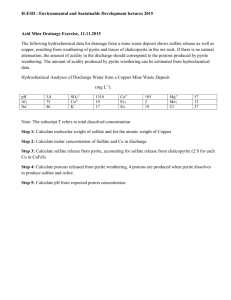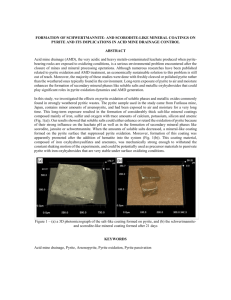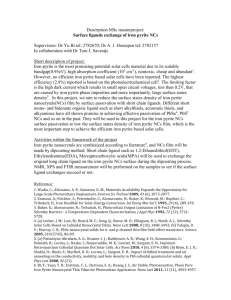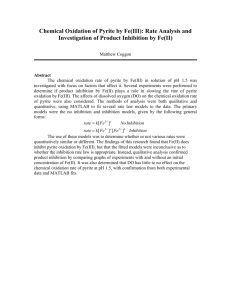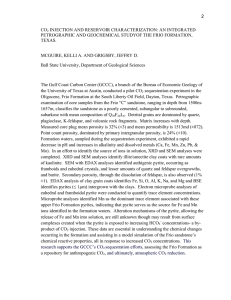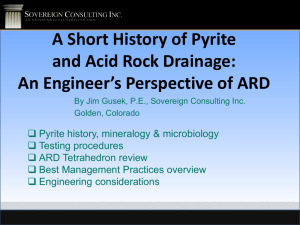Development of thin Films of Pyrite Via a Chemical Vapor
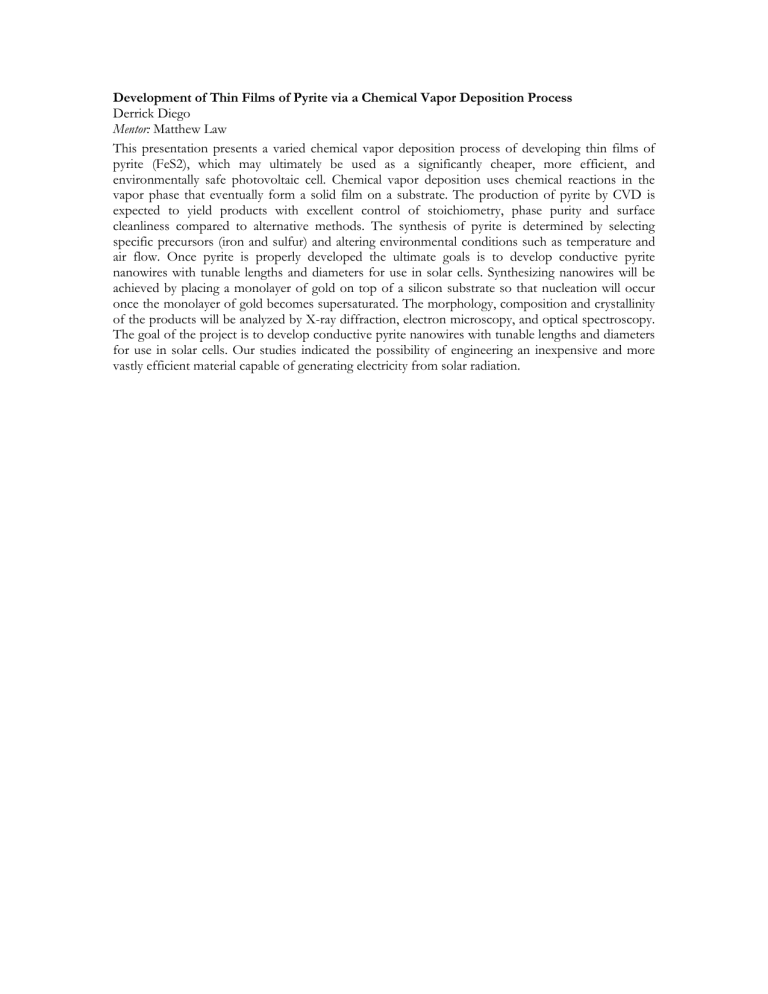
Development of Thin Films of Pyrite via a Chemical Vapor Deposition Process
Derrick Diego
Mentor: Matthew Law
This presentation presents a varied chemical vapor deposition process of developing thin films of pyrite (FeS2), which may ultimately be used as a significantly cheaper, more efficient, and environmentally safe photovoltaic cell. Chemical vapor deposition uses chemical reactions in the vapor phase that eventually form a solid film on a substrate. The production of pyrite by CVD is expected to yield products with excellent control of stoichiometry, phase purity and surface cleanliness compared to alternative methods. The synthesis of pyrite is determined by selecting specific precursors (iron and sulfur) and altering environmental conditions such as temperature and air flow. Once pyrite is properly developed the ultimate goals is to develop conductive pyrite nanowires with tunable lengths and diameters for use in solar cells. Synthesizing nanowires will be achieved by placing a monolayer of gold on top of a silicon substrate so that nucleation will occur once the monolayer of gold becomes supersaturated. The morphology, composition and crystallinity of the products will be analyzed by X-ray diffraction, electron microscopy, and optical spectroscopy.
The goal of the project is to develop conductive pyrite nanowires with tunable lengths and diameters for use in solar cells. Our studies indicated the possibility of engineering an inexpensive and more vastly efficient material capable of generating electricity from solar radiation.

